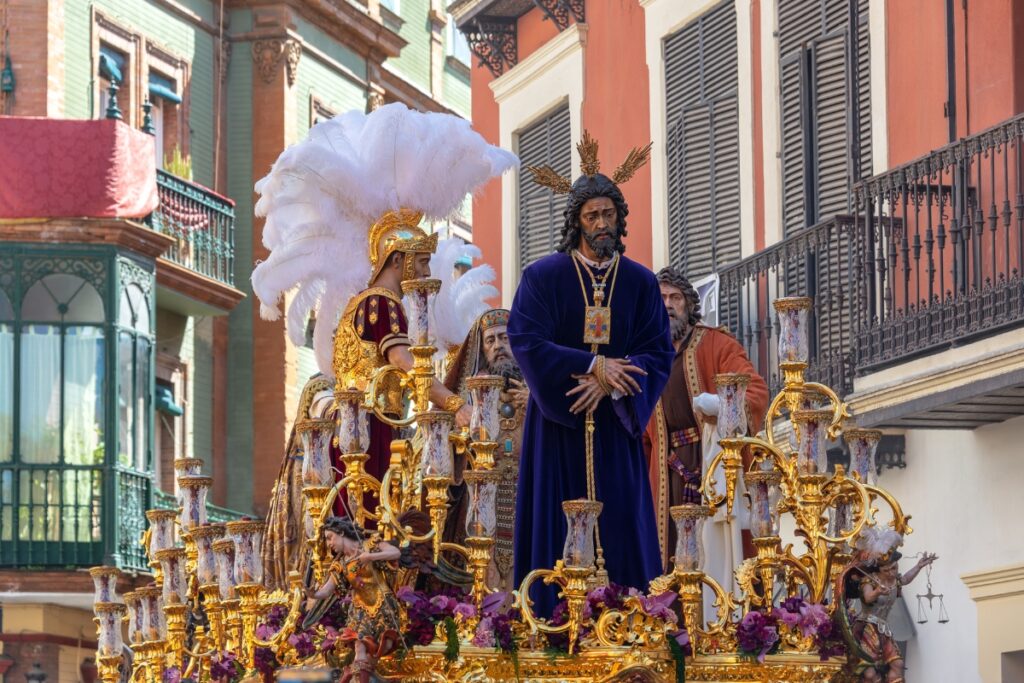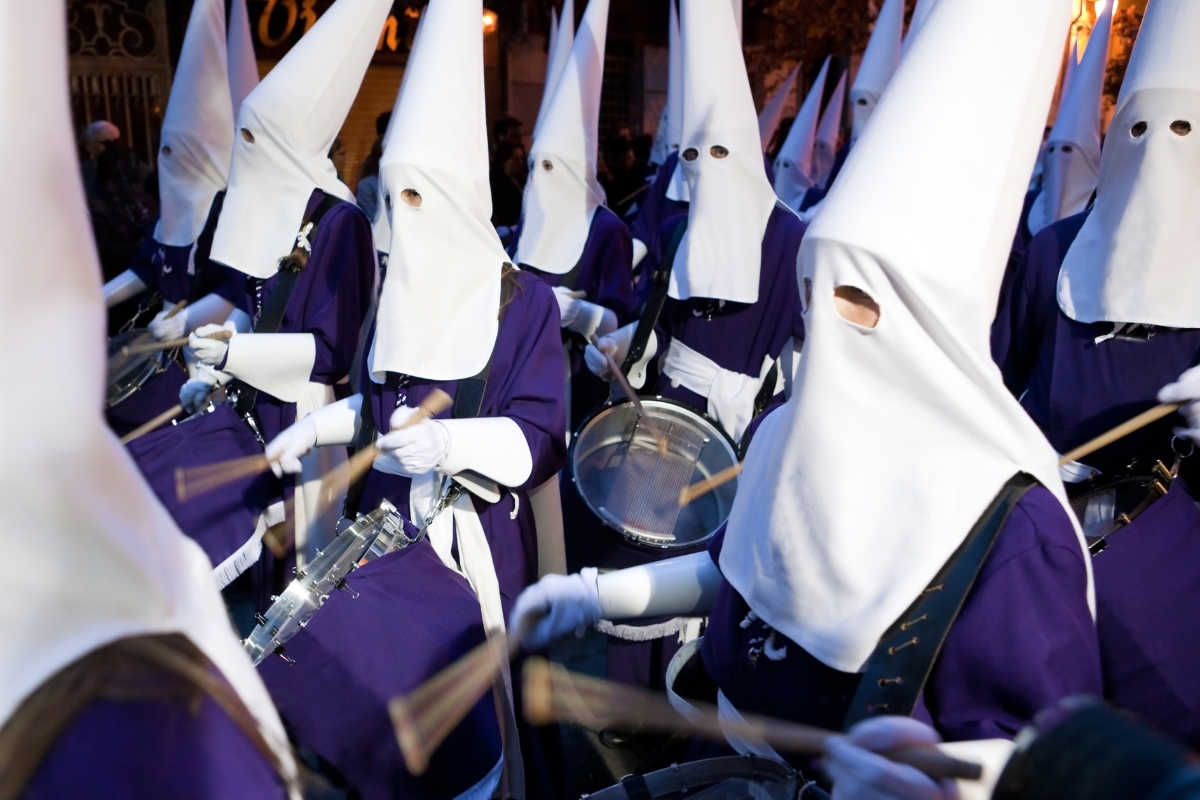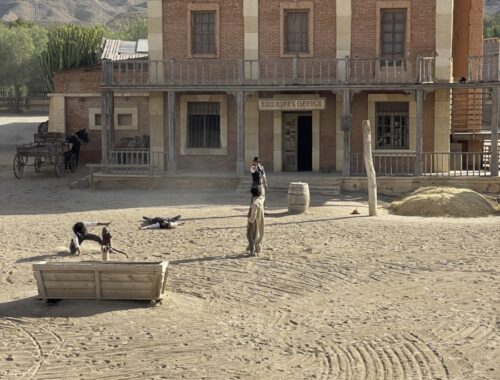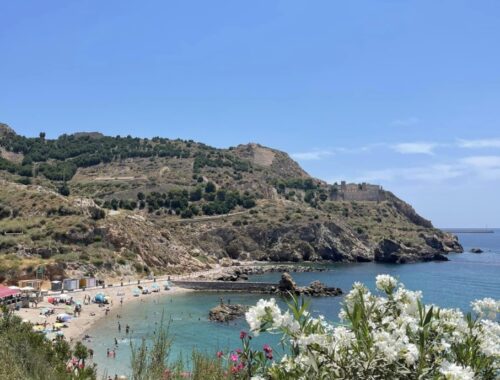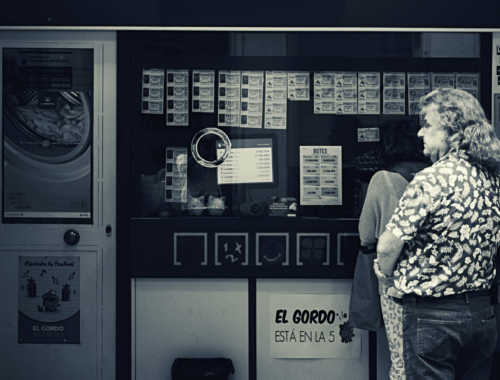Semana Santa: How do Spaniards celebrate Holy Week?
Semana Santa, or Holy Week, is a time that takes on a unique dimension in Spain. From Palm Sunday to Easter, the entire country is immersed in an atmosphere of profound spirituality, interwoven with breathtaking spectacles.
Processions: The Heart of Semana Santa
The central element of Semana Santa is the procession. Every day, throughout the week, parades wind through the streets of Spanish cities, with figures of Christ and the Virgin Mary playing the central role. These monumental, artistically crafted images, carried on impressive floats, are considered by many to be works of art above all else. But they are not just artifacts – they symbolize the Passion of Christ, bringing the faithful closer to the story of Salvation.
Nazarenos: The Mysterious Participants of the Procession
The sight of the procession participants, known as Nazarenos , with their characteristic pointed hats and covered faces, is one of the most memorable images of Semana Santa. Although their appearance may evoke vague associations, they are an integral part of these festivities, symbolizing penance and repentance.
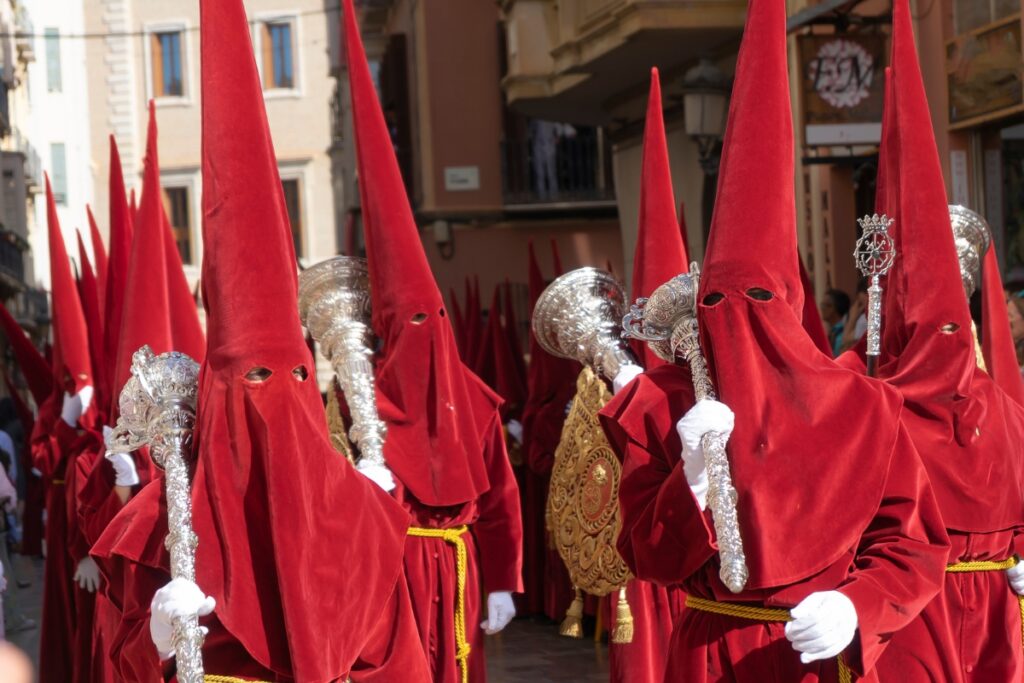
Semana Santa in various regions of Spain
Semana Santa varies depending on the region of Spain. In Andalusia, especially in cities like Malaga and Seville, the processions are particularly boisterous and spectacular, attracting crowds of both believers and tourists. In other parts of the country, the processions are characterized by concentration and silence, giving them a completely different, more introspective atmosphere.
Different faces of faith and tradition
Beyond the processions, Holy Week holds other, often surprising, traditions. From self-flagellation in La Rioja to the somber Dance of Death in Catalonia, these practices demonstrate how deeply the roots of faith and local culture can reach into the past.
Semana Santa and Easter in Poland
In contrast to the rich and solemn traditions of Semana Santa, Spain's Easter customs reveal a different side to the holiday. Although Easter celebrations in this country primarily echo with processions and religious ceremonies, everyday customs differ from those found in Poland. Spaniards do not practice the blessing of food, which in Poland is an essential element of Easter preparations. Similarly, they are unfamiliar with the custom of family gatherings for a festive breakfast on Easter Sunday, where the sharing of an egg symbolizes renewal and community. Śmigus-dyngus, the joyful tradition of dousing each other with water on Easter Monday, also remains outside the Spanish canon of holiday customs.
For many Spaniards, Easter is primarily an opportunity to take a break from the hustle and bustle of everyday life and spend time with loved ones, often outdoors, enjoying the spring weather on the beach or in the mountains. Despite their religious character and spectacular processions, not everyone chooses to actively participate in these events. This diversity of ways of celebrating Easter highlights that these traditions, though deeply rooted in culture and history, are alive and constantly evolving, reflecting the changing tastes and lifestyles of contemporary Spaniards.
